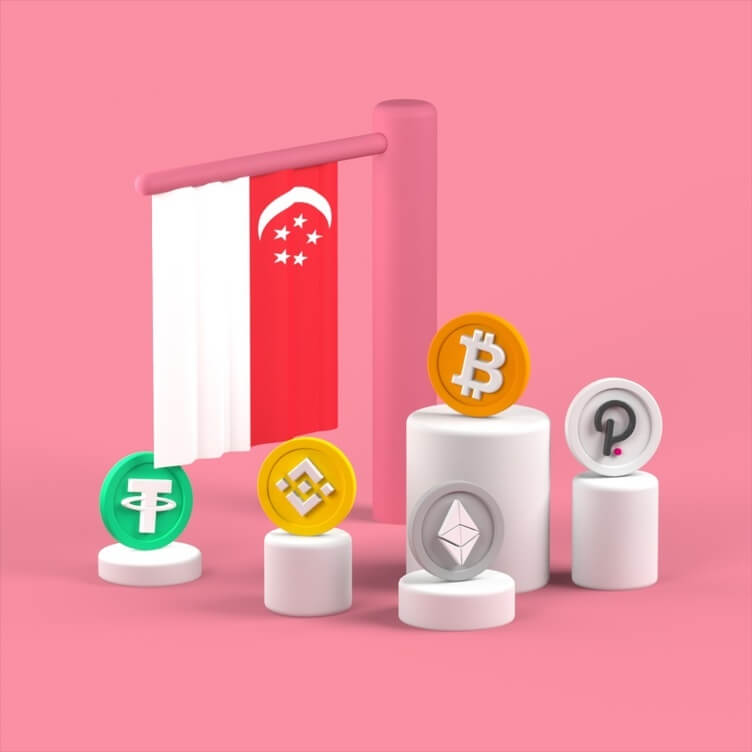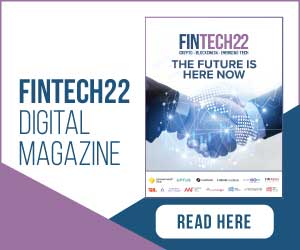Crypto payments continue to see increasing growth and demand around the world. Cybercriminals are probably the biggest advocators of crypto payments as it is their preferred payment method for receiving ransom funds.
But it’s not just cybercriminals enjoying crypto payments. Several organizations are now offering crypto payment rewards through various programs and offers. For example, MasterCard recently announced that it would allow partners on its network to enable their consumers to buy, sell and hold cryptocurrency using a digital wallet, as well as reward them with digital currencies under loyalty programs.CHINA’S LATEST RULING QUASHES ALL HOPE OF CRYPTOCURRENCY ACTIVITY IN THE COUNTRYJamilah Lim | 28 September, 2021
Another example is Geolancer, an application to collect manually verified Point of Interest (POI) data on the ground by Quadrant. It provides cryptocurrency rewards for Geolancers who collect POIs in their neighborhood.
Earlier last month, El Salvador became the first country in the world to adopt bitcoin as legal tender as well. The Economic Times also reported that Indian, Pakistani, Bangladeshi and Filipino expats in Qatar are increasingly experimenting with cryptocurrencies to remit money to their families back home and save on commissions charged by wire transfer companies and other middlemen.
The situation may not be the same in China though. The government declared all financial transactions involving cryptocurrencies illegal. This move finally brings the final hammer down on the digital trade in China after years of salvos on the volatile currencies.
The rise of crypto payments in Singapore
In Singapore, more Singaporeans have been reported to be investing in cryptocurrencies or using them to pay. In fact, 37% of Singaporeans %) were found to be paying or interested in paying for purchases with cryptocurrencies, according to the latest Worldpay from FIS’ Generation Pay research.
The research explores the spending habits, purchasing experiences, and payment preferences across different generations, from Gen Z to baby boomers. While it may still be a long way to go for cryptocurrencies to become a mainstream mode of payment, the high adoption rate proves that more people are beginning to understand how crypto payments work.
A considerable percentage of Singaporeans (37%) were found to be paying or interested in paying for purchases with cryptocurrencies, according to the latest Worldpay from FIS’ 2021 Generation Pay research, which explores the spending habits, purchasing experiences, and payment preferences across different generations, from Gen Z to baby boomers. Gen Y (58%) is the most open and boomers (16%) are the least open in crypto payments.
On the whole, findings showed that central bank digital currencies CBDCs (23%) are preferred over cryptocurrencies (11%) when it comes to using digital currencies as a form of payment. Another 22% indicated they have no preference and are willing to use both to pay. At a generational level, Gen Zs (18%) is the least interested in CBDCs. 24% said they have no preference and will use both CBDCs and cryptocurrencies. Similarly, a high number of Gen Ys (29%) said they have no preference and will use both CBDCs and cryptocurrencies.
For those who prefer to use cryptocurrencies, the primary reason is that it is decentralized and gives them more autonomy with their money (67%). This is a particularly compelling reason for Gen Y (74%). On the other hand, the main reason cited by those who prefer to use CBDCs is that it would be more secure being backed by the government (64%). Other reasons turning them away from cryptocurrencies include their perception that crypto wallets are more vulnerable (31%) and that cryptocurrencies might be used in illegal activities (30%).
Creating a crypto ecosystem
Phil Pomford, General Manager for Global eCommerce, APAC, WorldPay from FIS believes that the world is currently in the second wave of wide crypto buying, with quite a bit of institutional money entering the market, but still a few years out from mainstream cryptocurrency usage.
However, he pointed out that there are still various challenges still exist within the ecosystem. For instance, in APAC, Phil explained that crypto merchants are struggling to navigate new regulations or find a partner bank in the region. Some settlement banks are also not willing to process transactions for crypto merchants through their banking facilities.
“Nonetheless, we see demand for crypto rising in certain sectors such as NFT marketplaces which are built on DLT and require the usage of cryptocurrencies. It is also worth noting that there are key players in payments and banking cementing their confidence in the crypto space, such as DBS Bank who is launching its crypto exchange,” said Phil.
Highlighting the excitement in digital currencies, Phil added that FIS is making crypto more accessible to consumers by enabling card-to-crypto payments on exchanges. There is an uptake in card payments by crypto exchanges versus traditional reliance on bank transfers. As crypto continues to gain traction, consumers are increasingly seeking simple, convenient payment methods for making crypto-based purchases using cards and other familiar financial products.
“Our global partnership with crypto merchants (some of the recent ones include CEX.IO, Moonpay, and OKCoin) is also in part driving how other retailers view crypto. Retailers currently want fiat cash backing crypto if they are going to accept it, and this depends on the exchanges to settle transactions,” concluded Phil.
By Aaron Raj
















